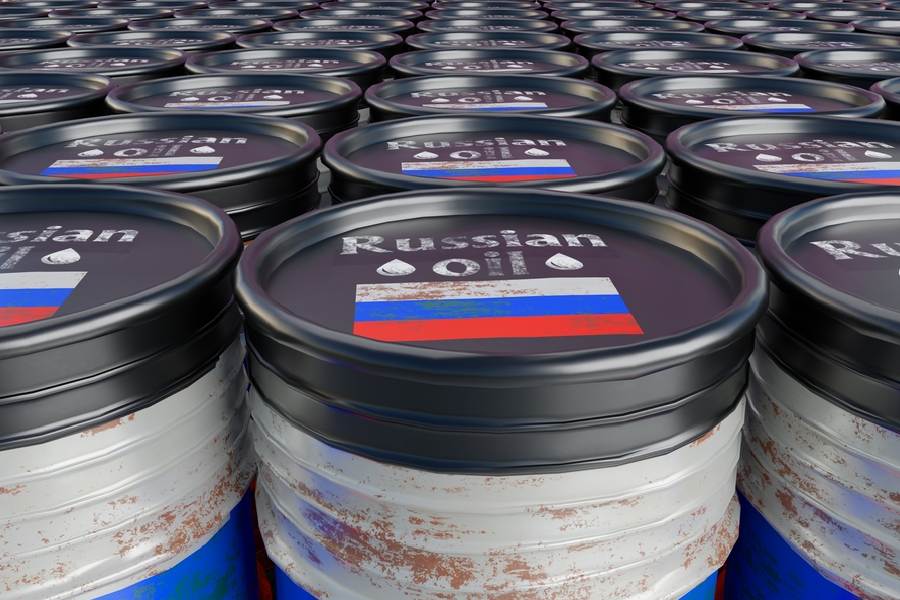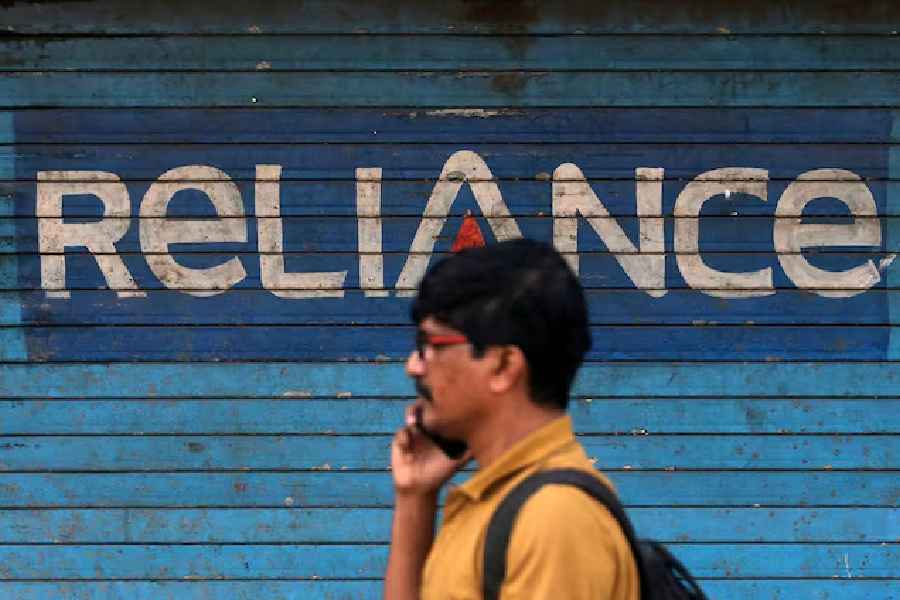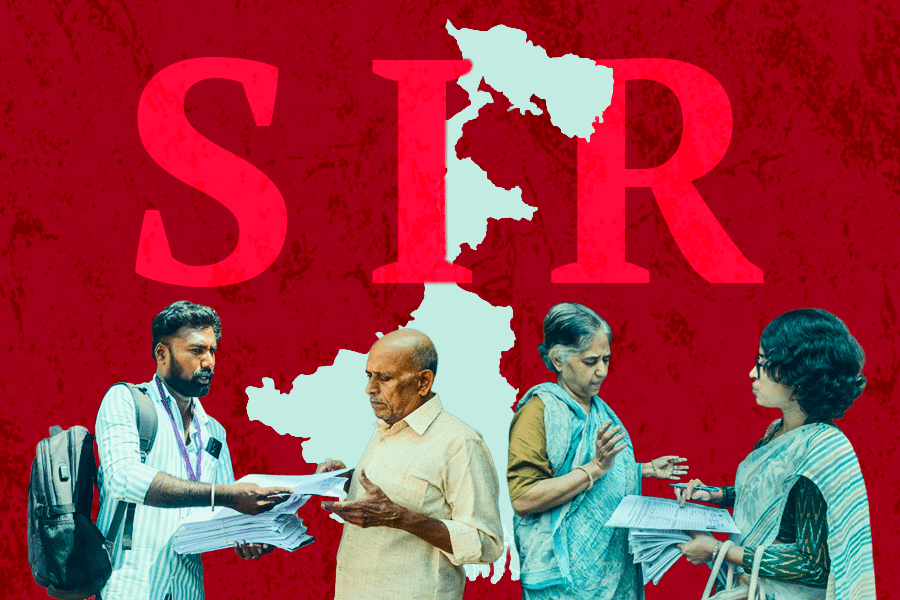India’s crude oil import map is shifting once again. New US sanctions on Russia’s biggest oil exporters have pushed refiners into a phase of caution, recalibration and short-term disruption.
Analysts say Russian barrels will still reach India, but with lower volumes and far more opaque routes.
On November 21, sanctions on Rosneft, Lukoil and their majority-owned subsidiaries came into force, turning their supply into what traders now call a “sanctioned molecule”.
The impact has been immediate. Major Indian refiners have paused purchases to avoid any exposure to entities designated by the US Office of Foreign Assets Control (OFAC).
Yet the story is not as straightforward as a complete stop. Russia continues to offer discounted crude that has defined India’s fuel economics for three years.
India imported an average of 1.7 million barrels per day (bpd) of Russian crude this year, with November expected to close at 1.8–1.9 million bpd as refiners front-loaded purchases ahead of the cutoff.
This surge was a dramatic shift from pre-Ukraine war levels, when Russian crude accounted for under 1 per cent of India’s import basket. At its peak, Russia supplied nearly 40 per cent of India’s crude.
In November, it remained the top supplier, contributing about one-third of all arrivals. But analysts expect a sharp correction. December and January arrivals may fall to around 4,00,000 bpd as refiners wait for compliance clarity.
“We expect a noticeable drop in Russian crude flows to India in the near term, particularly through December and January. Loadings have already slowed since October 21, though it is still early for definitive conclusions, given Russia's agility in deploying intermediaries, shadow fleets, and workaround financing,” said Sumit Ritolia, lead research analyst, Refining & Modelling, Kpler.
The impact of sanctions is already visible. Reliance Industries, HPCL-Mittal Energy Ltd and Mangalore Refinery and Petrochemicals Ltd have paused imports linked to sanctioned entities.
The sole outlier is Rosneft-backed Nayara Energy, whose Vadinar refinery relies heavily on Russian crude after European sanctions squeezed out other supply options.
“Based on the current understanding, no Indian refiner, other than Nayara's already-sanctioned Vadinar facility, is likely to take the risk of dealing with OFAC-designated entities, and buyers will need time to reconfigure contracts, routing, ownership structures, and payment channels,” Ritolia said.
The sanctions target specific companies, not all Russian oil.
This leaves a narrow but workable path: Indian refiners can buy from non-designated producers such as Surgutneftegaz or Gazprom Neft as long as no sanctioned vessel, trader or bank is involved.
“Russian oil itself is not sanctioned; the suppliers are. That is why non-designated producers can legally step in to fill part of the gap created by the restrictions on Rosneft and Lukoil,” he said.
Reliance Industries, the world’s largest buyer of seaborne Russian crude, has already altered its sourcing pattern.
It stopped Russian imports into its 7,04,000 bpd export-oriented SEZ refinery from November 20 to comply with upcoming EU restrictions on fuels refined from Russian oil.
From December 1, the Jamnagar SEZ facility will run exclusively on non-Russian grades. Pre-sanction cargoes will still be accepted, but routed to Reliance’s 6,60,000 bpd domestic refinery instead.
The company has not clarified whether it will keep buying non-sanctioned Russian crude for the domestic unit, saying only that it will adhere to all sanctions.
The long-term trajectory depends on the intensity of enforcement.
“In the longer term, the trajectory will depend on how strictly Western nations enforce secondary sanctions and whether further measures — such as sanctioning all Russian barrels or penalising refineries that process any Russian crude — are introduced,” Ritolia said.
A tighter approach would pull volumes down further. Softer implementation may allow Russian supply to recover through intermediaries.
“Overall, Russian crude flows are entering a phase of heightened uncertainty and volatility as the supply chain adapts. New trading intermediaries, alternative shipowners, evolving payment mechanisms, ship-to-ship transfers, and a shift toward 'clean' (non-designated) sellers will all shape post-November trade,” he noted.
To replace reduced Russian cargoes, refiners are expected to increase buying from the Middle East (Saudi Arabia, Iraq, UAE, Kuwait), Latin America (Brazil, Guyana, Colombia, Argentina), West Africa and North America.
“Despite near-term declines, a complete halt to Russian imports is unlikely. Discounted Russian barrels remain attractive for margins, and India's energy policy continues to prioritise affordability and security over geopolitical pressure. Unless secondary sanctions directly target Indian buyers or New Delhi imposes formal restrictions — both low-probability scenarios — Russian crude will keep flowing to India, though via increasingly diversified and less transparent channels,” Ritolia added.












